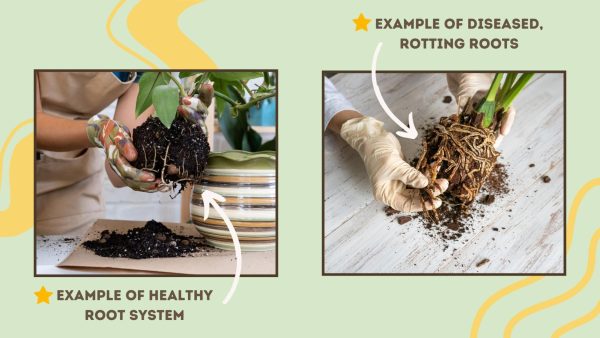There are plenty of ways to care for indoor plants, but learning how factors such as sunlight, water and soil can influence your houseplants’ health is a game changer.
The houseplant you bought looks nice on your windowsill, but you don’t know what to do other than water it and hope for the best. Make sure it thrives with this houseplant care guide that will give you all the tools you need.
Never fear killing a houseplant again with these tips and tricks to get over hurdles you may experience while caring for your leafy friends.
Sunlight: Photosympathize with the Photosynthesizers
All plants need light to grow, but the amount and type of light that different plants prefer varies.
Plants such as aloe vera and snake plants love direct light, which is light from the sun that reaches the plant in an uninterrupted line. This light is often achieved in the windowsills of south or southwest facing windows.
Other plants, like a majority of tropical houseplants including philodendrons and calatheas, prefer indirect light. This is light that is filtered through something like a sheer curtain, dappled light through a tree, or from being in a north or east facing window.

Various plants such as pothos or monstera plants will tolerate lower lighting, but their growth may slow or new leaves may decrease in size. If you have a darker room or house, consider buying a grow light, which will simulate the sun’s rays for your plant and supplement its health.
Water you doing? Watering!
Just like sunlight, water is necessary for a plant to survive and thrive. Balance is important because underwatering a plant could cause it to dry out while overwatering could cause its roots to rot.
Plant leaves will often droop to signify dehydration, but if the leaves become soggy or brown, this may mean the plant is being overwatered.
If you suspect your plant is being overwatered and has root rot, remove the plant from the pot and carefully clean around the root ball. If the roots are browning and soggy rather than firm and whitish in color, prune the browning roots, repot the plant and water less for a little while.

When choosing pots for your plants, make sure to select a pot with drainage holes to allow proper water flow, helping prevent root rot and diseased roots.
Humidity: Don’t sweat it
Humidity is a lesser-considered factor in house plant care but can make all the difference. Tropical plants often like higher humidity, whereas plants from more arid regions like less.
RELATED: Must listen to podcasts by women to add to your library
There are several methods to increase humidity around your plants. The easiest way is to mist the leaves with a spray bottle, which will raise the relative humidity around the area.
Another way to raise humidity is to use a pebble tray. This can be created by putting a flat layer of small pebbles in a drainage tray underneath the pot base, then putting a small amount of water to the tray.
Thirdly, you can also use a humidifier to raise your room’s humidity. This will likely make the plants the happiest, but you must consider if you are okay with higher room humidity.
Soil: Let’s dig in!
While you can get away with using basic potting soil from a local gardening store, your plant will thank you if you can provide it with a more specialized potting medium.
You can mix various materials into the soil to create different effects on the drainage, moisture retention or acidity. Common materials include peat moss and sphagnum moss which increase moisture retention and orchid bark and perlite which increase drainage and aeration.

Be sure to research how often to fertilize each individual plant. It is recommended to use a balanced fertilizer with a 20-20-20 nitrogen-phosphorus-potassium ratio such as Jack’s Classic All Purpose Water Soluble Plant Food.
Pesky Pests
When curating a houseplant garden, issues may arise that must be dealt with to ensure the longevity of your plants’ lives.
Pests are an unfortunate possibility when dealing with houseplants. While uncommon, you may also encounter some malicious insects such as spider mites or fungus gnats.
An effective way to combat spider mites is to hose the plant down outside or in a bathtub without injuring the plant, then spraying a diluted solution of neem oil, Castile soap and water. This solution is a natural insecticide that you can use against many houseplant pests.
Another common trick to deter pesky insects such as fungus gnats, is to sprinkle pure powdered cinnamon on the soil, making them think twice about inhabiting the soil again.




























































































































